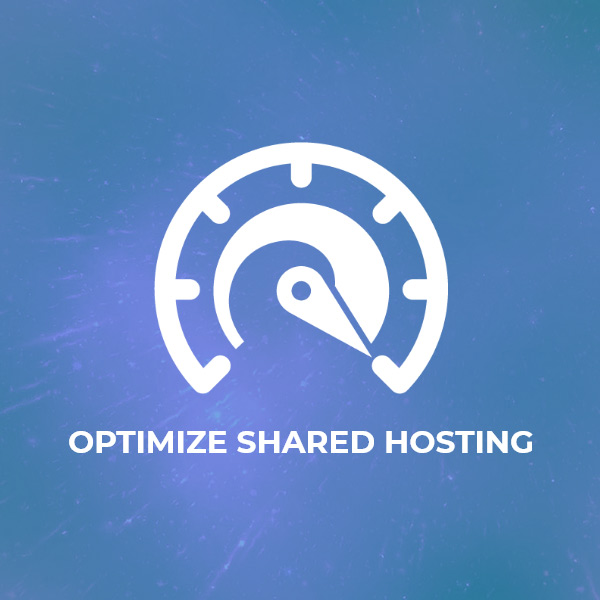A shared hosting is the most popular choice of most small companies & businesses alike. The reason being the cost saving involved and minimal maintenance costs involved, but do all shared hosting companies offer out of the box performance or does it needs some tweaks to get the best out of it.
There was a time when shared hosting was not a stable option due to one user being able to use all the server resources and causing other website / accounts on the same server to run slower. While the hosting companies used to suspend the abusers, but before the hosting companies could find out the abuser, the hard was already done. With the server going down for short periods and again up before the hosting companies could track down the real time resources, sometimes the abuse went on for months, thus causing reputed small businesses being penalized by Search Engines for their slow or timed out websites. With upgraded processing power, more memory availability, NVME SSD disks and upgraded Linux Operating Systems that could lock down the resources for each user such that no user could use more CPU than they are allocated, meaning that the shared hosting has become an top choice of many. Also with different caching techniques used to speed up the server, you have a high performing server with all optimizations in place.
Now the question is, with upgraded technology and low server utilization on a shared hosting, the website dont see slowness but are there any optimizations or tweaks that can be used to further improve the speed of your website. The answer is a definite YES, and lets discuss those options.
Zlib Compression : Every php.ini or PHP manager allows you to enable the zlib compression which saves a lot of bandwidth and allows faster text content delivery to the browser. With this or brotli compression enabled, users can see upto 10X reduction in HTML/ CSS / JS file sizes thus allowing faster surfing of your website.
Opcache : Both Basic cPanel installation and CloudLinux allows users to enable and disable Opcache on demand. While an easier UI interface is available to enable/disable opcache on CloudLinux system, on basic cPanel, you can modify the php.ini to enable and customize Opcache. With opcache enabled, users may see improvement in dynamic page rendering thus allowing faster website delivery.
Optimize Website / Compress Content :This option in cpanel allows you to define MIME types that you want to compress while being delivered. There are numerous text based files such as html, stylesheets, javascript files, fonts etc that could be compressed for quicker delivery.
Browser Caching : Not exactly offered on any UI but by modifying the htaccess file, you could send request to browsers to cache content locally such as images and fonts for longer duration. This option allows reducing connection time by reducing number of requests to the hosting server.
Blocking Bad Bots : With CloudLinux being the preferred choice of most of the hosting companies around the world, the chances are that your resource utilization is limited. Resources such as number of running processes, memory, IO, CPU etc are all limited and you need to utilize those resources correctly. To make sure that your website is not being loaded by content scrapers and bad bots, it is a good idea to either block them using robots.txt file or using the .htaccess file or at the application level so that your hosting resources are not being drained by malicious actors.
With all these optimizations applied to a shared hosted, the resource utilization would surely be reduced by a lot and not only shared hosting but it is also possible to optimize low memory servers using the same techniques mentioned above.

